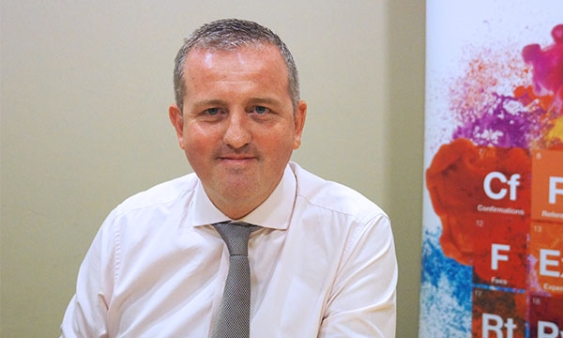
Optimising workflows with SmartStream's next generation artificial intelligence
It introduces a powerful new feature as digitisation and corporate actions gain more prominence in Asia.
When Hong Kong announced its plan to issue virtual bank licences, applications ranging from global banks to financial technology firms and telecommunications giants illustrated the growing competition incumbents are facing. This has put on more pressure on incumbent banks to accelerate their digitisation efforts or risk falling by the wayside, noted Mark Taylor, regional director for Asia Pacific at SmartStream Technologies.
Taylor said that amidst rising competition and greater regulatory requirements, digitisation is playing a much larger role on how banks operate in Asia, and has convinced most financial institutions to move away from a very structured, waterfall approach to pushing out new products and services. Instead, many are embracing an agile approach.
In Australia, where there is an increasingly tighter regulatory environment, digitisation has gained more traction due to the cost benefits it presents. “Therefore digitising, reducing costs on manual effort and various processing, has forced banks to actually revisit to see how much they can automate moving forward,” he said.
A seamless feature
To help clients with their digitisation push, SmartStream introduced the next phase of its Innovation Lab that specialises in optimising workflows with the use of Artificial Intelligence (AI), Machine Learning (ML), and blockchain technologies in reconciliations, cash management, and fees and expense management. It also rolled out a new feature called TLM View which enables its clients to do the agile process themselves. Through TLM View, a financial institution obtains a single view on analytical information, deeper insights on their transactional data, and on issues that are still occurring and how to rectify those going forward.
Users get access to flexible dashboards and fully customisable settings in one single interface, and no longer have to heavily rely on IT support to access a full range of realtime and historical data in the reconciliation repository. This assists users to identify trends and exception patterns to further reduce manual intervention.
“TLM View enables business users to become truly independent. A full range of analytical features are available at both design and run-time, allowing the user to ‘play’ with data to better understand trends and metrics,” said Taylor. “We have customers that have been using our solutions, some with a variety of solutions for 30 years. There is a lot of transactional data that they already have.”
Taylor also noted that TLM View is one of many new tools that are becoming popular amongst clients determined to pursue an effective digitisation strategy. “By looking at that historic information and then applying maybe machine learning, deep learning, and what some people call artificial intelligence, they can streamline that process going forward to give them better insights,” he said.
Corporate actions
Aside from the emerging digital banking trend, the upswing in corporate actions in Asia has also driven the shift towards a digitisation-slash-automation approach amongst financial institutions since expanding staff numbers has become far from viable. “Because they need to do things quicker, faster, rather than the traditional deployments, they are actually utilising SmartStream, where we work with our cloud partners to actually deliver these types of solutions in weeks and not months,” Taylor said.
SmartStream’s TLM® Corporate Actions service offers a systematic process that offsets operational risk and automates corporate action processes without the need to add staff and without compromising critical risk events. Taylor added that more of SmartStream’s existing clients are reporting higher requirements and volumes of corporate actions, which he reckoned was underpinned by market consolidation and greater interest in the region by buy-side firms such as hedge funds.
The heated competition in the wealth management space in Asia Pacific has also likely driven up some of these requirements. “I think people are looking to differentiate, therefore they need to provide a better service to their customers and do this quickly, but make its tandardised and commoditised that they do not have to deploy tens or hundreds of people to facilitate their clients’ requests,” Taylor noted.






















 Advertise
Advertise








